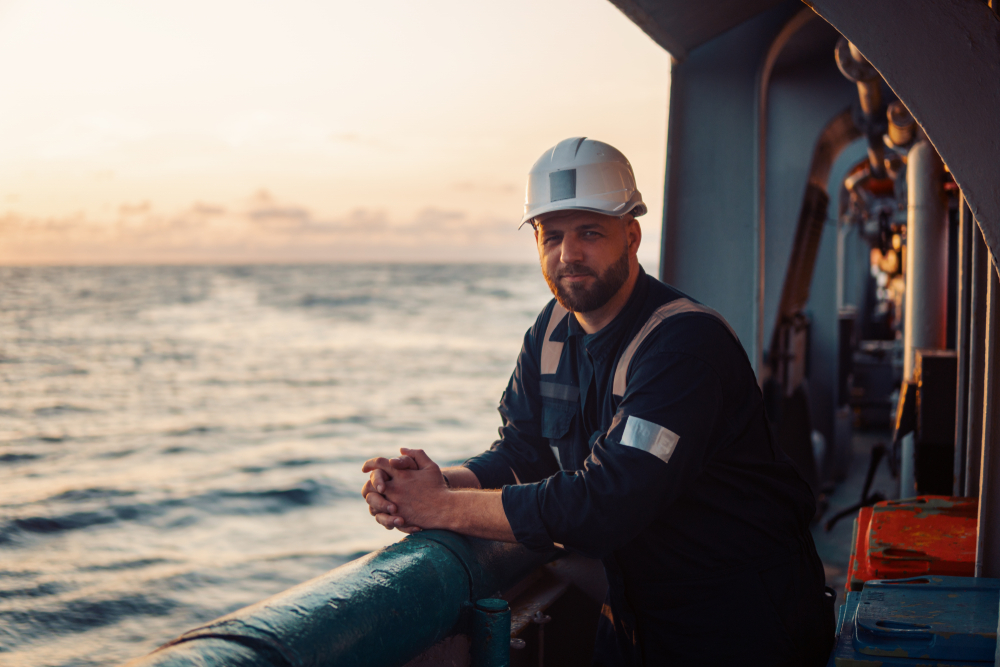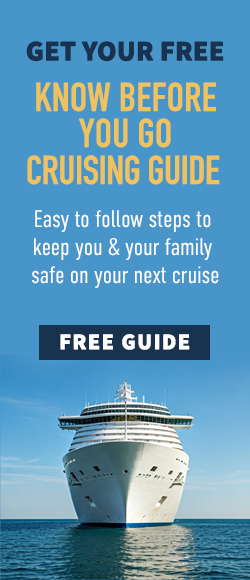Our Maritime Attorneys Help Seamen Secure Their Rights and Compensation for Injuries Sustained While Working for Their Employers

For over fifty years, Lipcon, Margulies & Winkleman, P.A. has been at the forefront of maritime legal advocacy. With a dedicated team of 16 attorneys bringing over 250 years of combined experience, our firm has been instrumental in shaping the landscape of cruise ship law. Our attorneys, stationed across the United States, have successfully recovered over $500 Million for our clients, a testament to our relentless pursuit of justice and compensation.
One of the core foundations of our firm has been the relentless advocacy of those who are injured while working at sea. Whether you are called a crewmember, seafarer or seaman, we’ve been fighting for your rights since 1971 and will continue to do so. This article seeks to explain seamen status to help you have a better understanding of your rights and remedies while working at sea. Call or write to us anytime to help you best understand your situation.
Our unwavering commitment to our clients has earned us consistent recognition as one of the “Best Law Firms” by US News & World Report. Additionally, several of our attorneys have been honored as “Best Lawyers,” reflecting our firm’s reputation for excellence in the legal community.
Legal Protections for Seamen: Jones Act and Beyond
Seamen enjoy the protection of specific laws that apply exclusively to them, such as the Jones Act, the doctrine of seaworthiness and maintenance and cure. In practical terms, this usually means more money is awarded to sick or injured workers if they are classified as seamen, as opposed to other categories such as passengers, longshoremen or harbor workers.
Case Study: Kevin Baye and the Jones Act
The seaman status issue was recently raised in the case of “Re: In the Matter of the Complaint of Endeavor Marine, Inc., United States Court of Appeals for the Fifth Circuit” 2000 U.S. App. Lexis 31624 December 11, 2000.
On April 4, 1996, Kevin Baye sustained disabling knee and back injuries when he was struck by a mooring line while working aboard the Frank L. Baye was an employee of Crane Operators, Inc., a company that provided personnel on an as-needed basis to businesses that own or operate cranes and other heavy lift equipment.
The accident occurred in the Mississippi River while the tugboat Tako Endeavor was pushing the Frank L alongside a cargo vessel that the Frank L was assigned to unload. Baye was standing near the head of the Frank L waiting for the barge to be positioned so he could pass a mooring line to the deck hands aboard the cargo vessel. While being pushed into position by the Tako Endeavor, the stern mooring cable of a nearby derrick barge, the Agness, snagged on the Frank L’s hull. The line snapped and popped up onto the deck of the Frank L striking Baye in the leg.
Baye brought suit under the Jones Act. The Trial Court determined he was not a seaman because the vessel he was working on did not go to sea. This would have limited Baye’s recovery of funds to Longshoreman and Harbor Workers Act benefits. Baye maintained he was not a longshoreman or harbor worker, but a seaman.
The Two-Part Test for Seaman Status
Courts use a two-part test to determine if a worker is a seaman. First, an employee’s duties must contribute to the function of the vessel or to the accomplishment of its mission; second, a seaman must have a connection to a vessel in navigation, or to an identifiable group of such vessels, that is substantial in terms of both its duration and nature. Baye’s employment clearly satisfied the first part of the test, but the second part was troublesome.
Faced with a worker whose primary duties aboard the vessel were in the nature of longshore work, the court concluded that Baye’s connection to the Frank L was not substantial in terms of its nature because his duties did not carry him to sea.
The Fifth Circuit Court’s Decision
Fortunately for Baye, the appellate court reversed the trial court determination, basing its decision on whether or not Baye was regularly exposed to the perils of the sea, as opposed to whether or not his duties carried him to sea. Even though the vessel was not going to sea, per se, Baye as a worker on the vessel was exposed to the hazards that are common to workers on board vessels, such as mooring lines that could snap and cause injury.
In admiralty matters, The Fifth Circuit Courts of Appeals decisions are very persuasive since this court has a long tradition of handling these types of cases. However the final say may be up to the United States Supreme Court if the case goes to the next level.
Tracking Work Time: Land vs. Vessel
In recent years the issue of seaman status has appeared often. Some decisions even go into what percentage of time the employee spends on the vessel. Generally, these cases indicate that more than 30% of the time spent on the vessel doing seaman’s work qualifies the person as a seaman. These issues can be quite confusing, with the final outcome left to a jury to decide, or a judge if there is no jury. As a practical matter for those workers who labor for their employer both on land and on a vessel, some type of record should be kept to track the amount of time spent on land-based work versus vessel-based work. After an accident it can be very difficult to reconstruct this information, which could translate into the loss of substantial amounts of money and other benefits.
If You’re a Seaman Who Has Sustained an Injury on Land or Water, Contact Our Team Today
Understanding your classification as a seaman and the legal protections available to you is crucial in ensuring you receive the compensation and justice you deserve. The complexities of maritime law require experienced legal representation to navigate effectively.
At Lipcon, Margulies & Winkleman, P.A., our maritime injury lawyers are dedicated to protecting the rights of injured crew members. With our extensive experience in cruise ship accidents and fearless approach to litigation, we are the firm crew members turn to and trust when they have been injured due to cruise line operator negligence or unsafe working conditions.
As a seaman, you have the right to a safe working environment and fair compensation for injuries sustained while performing your duties on a vessel. Contact us today for a free consultation through our secured contact form or call our office at 877–233–1238.








